Every Year, Over 60,000 People Go Blind from Diabetic Retinopathy. Let's fix that.
Diabetic retinopathy is the leading cause of blindness in working age adults. But it can be prevented with early detection and treatment. We are using deep learning to automatically detect moderate or worse Diabetic Retinopathy (mowDRet).
Algorithms based on Expert Knowledge
Our models learn from interpretations provided by expert ophthalmologists and retina specialists to map images to diagnoses, consistent with international classifications.
Robust Learning
Our models have been trained on images taken from different cameras on people of diverse populations with various degrees of diabetic retinopathy.
Improving Patient Outcomes
Ultimately, our greatest goal is to improve the lives of patients, by detecting diabetic retinopathy as early as possible.
How the Algorithm Works
In the US, there are about 5 ophthalmologists for every 100,000 people, thus not enough patients undergo screening. Our screening algorithm gets ahead of the scarcity problem, by decreasing the number of ophthalmologists required to do this task. Ultimately helping to prevent vision loss.
Grading
First, models are trained using graded images; graded by American Board of Ophthalmology-Certified Retina Specialists


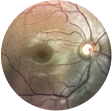

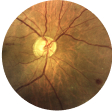

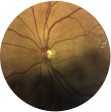
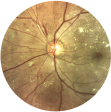

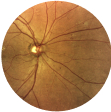
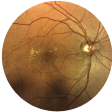
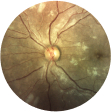
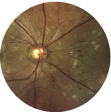

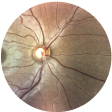
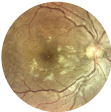
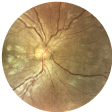
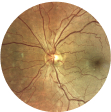
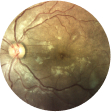
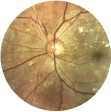
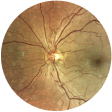
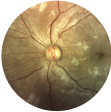
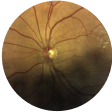
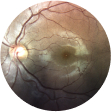
Training
These images were then used to train a machine learning algorithm.
Classify
After seeing thousands of images the Galaxy algorithm learns to identify which eyes showed signs of disease, without any human help
Compatible with many different camera brands
Here’s a list of ophthalmic cameras available for use with Galaxy.
CenterVue (DRSplus)
Crystalvue (NFC-700)
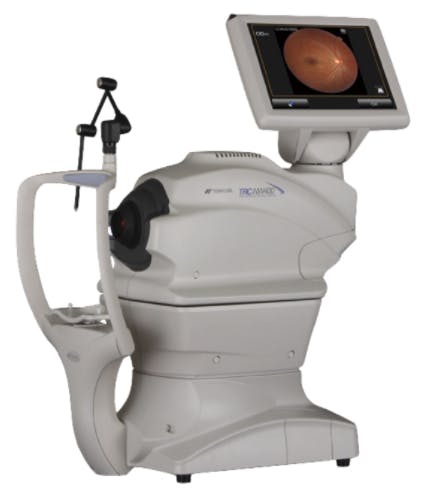
Topcon (NW400)
EHR Integration
Seamless integration with existing Electronic Health Record (EHR) systems.